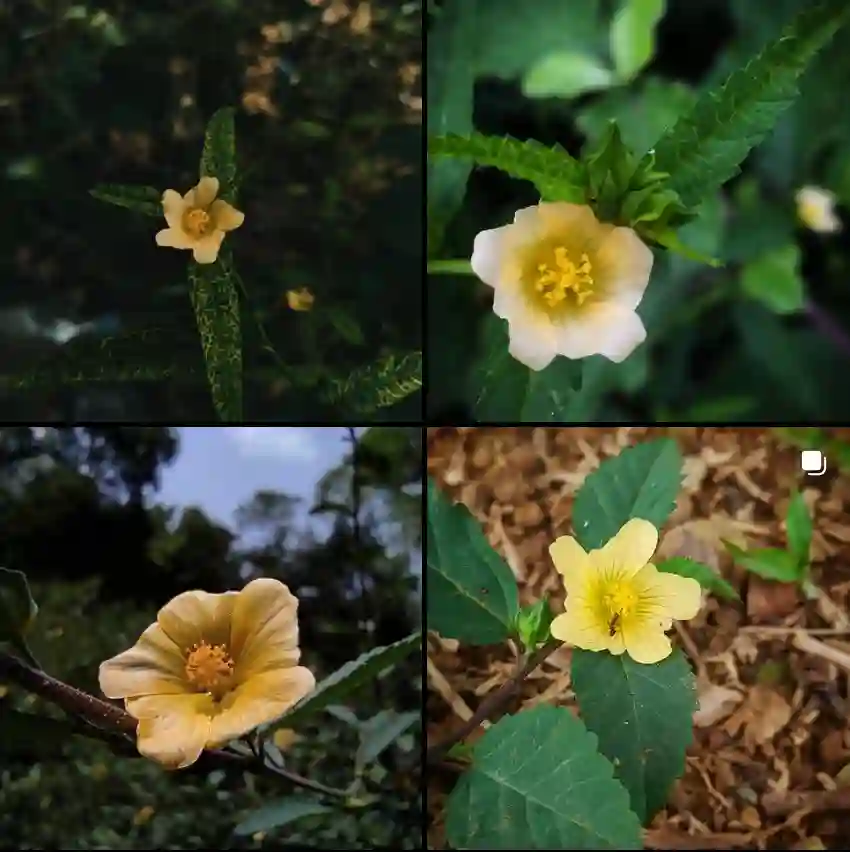
Alocasia Sanderiana: A Comprehensive FAQ Guide
Alocasia Sanderiana, commonly known for its striking foliage, is a fascinating plant that many people are eager to grow. If you’re new to this plant or considering adding it to your collection, you likely have a few questions. Here’s a detailed guide to help you understand everything you need to know about Alocasia Sanderiana.
90 Species in Genus Alocasia – Elephant Ears
What is Alocasia Sanderiana?
Alocasia Sanderiana is a tropical plant known for its large, glossy leaves and distinctive arrowhead shape. Native to the Philippines, it thrives in humid environments and adds a dramatic touch to any plant collection. Its striking foliage can range from deep green to variegated patterns, making it a favorite among plant enthusiasts.
How to Care for Alocasia Sanderiana?
Proper care is crucial to keep your Alocasia Sanderiana healthy. Here are the essential tips:
- Light: Alocasia Sanderiana prefers bright, indirect light. Direct sunlight can scorch its leaves, so a spot with filtered light is ideal.
- Water: Keep the soil consistently moist but not soggy. Overwatering can lead to root rot, while underwatering can cause the plant to dry out.
- Humidity: This plant thrives in high humidity. A humidifier or regular misting can help mimic its natural tropical environment.
- Temperature: It prefers temperatures between 60-80°F (15-27°C). Avoid exposing it to temperatures below 50°F (10°C).
How to Propagate Alocasia Sanderiana?
Propagation of Alocasia Sanderiana can be done through division:
- Remove the Plant: Gently take the plant out of its pot.
- Divide: Separate the tubers, ensuring each section has roots.
- Re-pot: Plant the divisions in fresh, well-draining soil.
Propagation can also be done using stem cuttings, but division is more common for Alocasia.
Can You Grow Alocasia Sanderiana Indoors?
Yes, Alocasia Sanderiana can be grown indoors. It’s a popular choice for indoor gardens due to its dramatic appearance. Ensure it gets sufficient light and humidity to thrive indoors.
Is Alocasia Sanderiana Toxic?
Alocasia Sanderiana is toxic to pets and humans if ingested. It contains calcium oxalate crystals, which can cause irritation and discomfort. Keep it out of reach of children and pets to avoid any accidental ingestion.
What to Plant With Alocasia Sanderiana?
Alocasia Sanderiana pairs well with other tropical plants such as:
- Philodendron: Their similar care requirements make them great companions.
- Ferns: Add a touch of lush greenery and increase humidity around the Alocasia.
- Calathea: Both enjoy similar light and humidity levels.
Common Problems with Alocasia Sanderiana
- Yellowing Leaves: Often a sign of overwatering or poor drainage.
- Brown Edges: Typically due to low humidity or underwatering.
- Pests: Watch out for spider mites and aphids. Regularly check the undersides of leaves and treat infestations promptly.
Alocasia Sanderiana vs Amazonica
Alocasia Sanderiana and Alocasia Amazonica are often confused due to their similar appearances. However, there are distinct differences:
- Leaf Shape: Alocasia Sanderiana has more pronounced arrowhead-shaped leaves, while Alocasia Amazonica’s leaves are more rounded.
- Growth Habit: Alocasia Amazonica tends to be a more compact plant, whereas Alocasia Sanderiana can grow larger and more upright.
Alocasia Sanderiana vs Polly
When comparing Alocasia Sanderiana with Alocasia Polly, the differences become clear:
- Leaf Pattern: Alocasia Polly often features more pronounced silver or white veins on darker leaves, whereas Alocasia Sanderiana’s leaves can have a more uniform green or varied pattern.
- Size and Shape: Alocasia Polly is generally smaller with more intricate leaf shapes, while Alocasia Sanderiana has larger, broader leaves.
Benefits of Growing Alocasia Sanderiana
- Aesthetic Appeal: Its dramatic foliage can transform any space into a tropical paradise.
- Air Purification: Like many houseplants, it can help improve indoor air quality.
Conclusion
Alocasia Sanderiana is a beautiful and unique plant that can be a standout addition to your indoor garden. With proper care, it can thrive and bring a touch of the tropics to your home. Whether you’re comparing it to similar plants like Alocasia Amazonica or Polly or just looking to enhance your plant collection, understanding its needs and characteristics will help you grow a healthy and vibrant plant.
If i die, water my plants!



